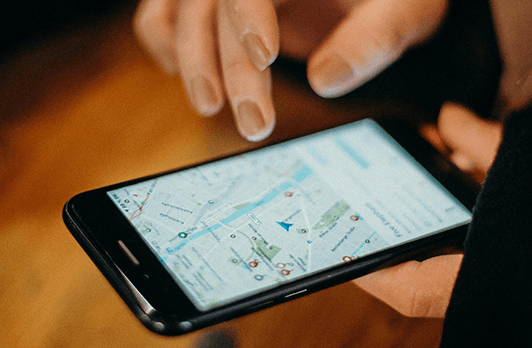 There is often confusion between the fields of geosciences and GIS. There is no doubt, however, that these two broad topics do relate to one another. For instance, geoscience primarily involves the study of rocks and minerals, but other facets are also examined by scientists. These include the study of oceans, volcanoes, and the atmosphere.
There is often confusion between the fields of geosciences and GIS. There is no doubt, however, that these two broad topics do relate to one another. For instance, geoscience primarily involves the study of rocks and minerals, but other facets are also examined by scientists. These include the study of oceans, volcanoes, and the atmosphere.
GIS, on the other hand, mainly involves the study of specific landmarks (whether man-made or natural) on the earth’s surface, the oceans, or in the atmosphere. As one can see, the two fields, although distinct from each other in what they study, very often blend together in any scientific pursuit.
An area in which geosciences and GIS overlap is in that of remote sensing. Remote sensing can be defined as, “The science of obtaining information about objects or areas from a distance, typically from aircraft or satellites.”
The images of the earth, the atmosphere, and the ocean depths are often very sophisticated and extremely crystal clear. These images can be comprised of either spectral, temporal, or even spatially based resolution factors.
Unmanned aerial vehicles (UAV) are the image that often comes to mind when one thinks of remote pictures. However, it is not just UAV vehicles that can capture such images. Even the most desolate man-made satellites, which are circling the earth, can take extremely robust images with the most shocking granular detail. To add to this particular level of sophistication, high-resolution remote images can be taken with satellites working in tandem with another. As an example of this, one satellite might be capturing images of one side of Mount Everest, while another satellite could also be capturing images from the other side. Together, these separate images can be used to create an entire composite image of Mount Everest for further study and investigation.
The types and kinds of images which are taken and used in remote sensing are 2-Dimensional (2D). Geo referencing is a commonly used technique and is used mostly for “. . . geometric corrections and image enhancement for radiometric corrections. Digitally enhanced and geo-referenced images can be (re)projected to real-world coordinate systems to put it in use for 2D feature extraction.”
GeoTel is a telecommunications research and GIS mapping firm that researches and provides telecom datasets for more than 5,500 cities in the United States and worldwide. GeoTel’s expertise includes specialists in economic geography, geospatial engineering, web GIS, and telecommunications GIS Data infrastructure.

